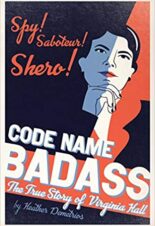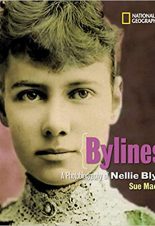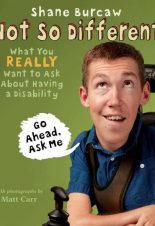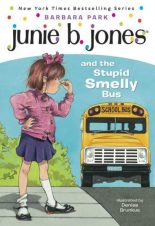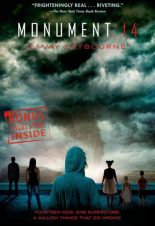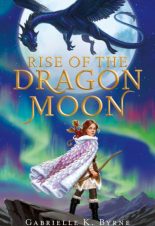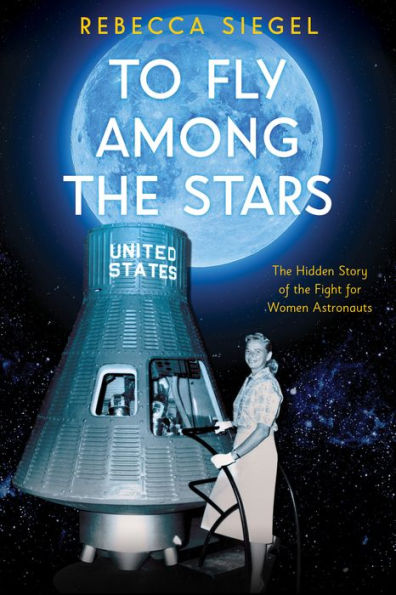
Buy This Book
“I’m not arguing that women be admitted to space merely so that they won’t feel discriminated against. I’m arguing that they be admitted because they have a real contribution to make,” Janey Hart – To Fly Among the Stars
To Fly Among the Stars: The Hidden Story of the Fight for Women Astronauts
by Rebecca Siegel
AR Test
8+
Score
7.4
352
It’s the 1960s, and the United States and the Soviet Union are locked in a heated race to launch the first human into space. NASA selects seven men, superstar test pilots, and former air fighters, for their first astronaut class – the Mercury 7. The men endure hours of difficult tests, taunting by fellow pilots, constant media attention, and the public pressure of representing America in a whole new frontier.
But away from the media buzz, there are others quietly fighting for the same opportunity. Thirteen women, accomplished air racers, test pilots, and flight instructors, are putting themselves through those same grueling tests, hoping to defy the era’s boundaries for women and earn a seat aboard a space capsule themselves.
To Fly Among the Stars tells the story of seven men who hoped to ride rockets and thirteen women who dared ask for a fair chance to soar to the stars. Unlike many books, To Fly Among the Stars takes a look at the Mercury 7’s heroic deeds as well as their flaws. Some of the men’s partying, squabbling, and flirting ways were a stark contrast to the women’s behavior. The women had to overcome many obstacles in order to become pilots, including having to look like proper ladies as they flew. Even though these thirteen women were never able to realize their dreams, they took the first steps in breaking the glass ceiling for female astronauts.
Countless individuals worked behind the scenes to land the first man on the moon. While To Fly Among the Stars focuses on Mercury 7 and the 13 women who dreamed of going into space, the large group of characters makes it difficult to keep track of each individual. Often, a chapter will have a few paragraphs on one person and then jump to another person. The shifting topics make the story confusing.
To Fly Among the Stars highlights the brave women who dreamed of going into space and focuses on the discrimination they faced. While this is a valid point, the Mercury 7’s mistakes and bad behavior also become a focal point. The author states that “Accepting women as astronauts would mean that NASA—and all its feverish fans—would be forced to acknowledge that female aviators could do exactly what male aviators could do. And that might threaten the heroic, ultramasculine, tough-guy status the astronauts enjoyed.”
Black and white photographs help tell the story and the back of the book contains a two-page glossary. The difficult vocabulary, quickly changing topics, and the vast list of historical people make To Fly Among the Stars best for strong readers. The book would be excellent to use as a source for a research paper or a school project; however, those who are not interested in the history of flight will find the book difficult to slog through.
Sexual Content
- After Shepard went up in a space capsule, he had to go to a briefing. “During one interview, a pretty secretary delivered Shepard a cup of coffee. As she left, one witness reported watching ‘Shepard’s brain get up, leave the room, and follow her down the hall.’”
- At a party, two astronauts performed a racist routine. “It was a cruel characterization of both homosexuals and Hispanics.”
Violence
- Bill Odom, an air racer, “pushed his little green plane to nearly 400 miles per hour before losing control and punching right through a suburban home, killing not just himself but also a resident woman and her baby.”
- Pilot James Vosyka died during an air race. “A wing on his racing plane collapsed on a hard turn, and his aircraft slammed into the ground in front of 12,000 spectators.”
- Several times, the story talks about pilots shooting down MiG’s. For example, Wally Schirra “went on to shoot down another MiG in Korea.”
- Many women joined the WASP in order to fly and help in the war effort. However, some men didn’t approve of women flying airplanes and played dangerous pranks on the women. After one prank, “Betty Taylor Wood’s airplane slammed into the ground near a runway, killing both Wood and her passenger. . . Someone had dumped sugar into the plane’s gas tank.”
- During a training exercise, a pilot “ejected but died when he and his parachute slammed into the hard desert sand.”
- Rankin had to eject during a high-altitude flight. “Immediately after exploding through the glass canopy of his cockpit, Rankin was overcome by the searing, stabbing cold. . .. His exposed skin froze almost instantly before going blissfully numb. And then the real pain started. . . His abdomen swelled. His skin stretched. Blood sprayed from his eyes, ears, nose, and mouth. Rankin made it to the ground alive but barely.”
- When an engineer joked about astronaut Shepard’s bad attitude, “Shepard picked up an ashtray and whipped it at the engineer’s face. He missed his target by a hair.”
- Several astronauts were killed “during a practice launch when a spark caught inside their Apollo 1 space capsule. Three men burned to death right there on the launch pad while dozens of ground crew members sputtered and coughed and tried frantically to claw the capsule door open.”
Drugs and Alcohol
- John Gleen was a military pilot who had “flown angry, confident, and even–dangerously—rip-roaring drunk.
- A woman pilot had to listen as “a drunk senator slurred his sexist judgments.”
- A woman pilot was married to an alcoholic. While the woman was in astronaut testing, her husband called her every night. “He was drunk, angry, and cruel.”
- Some astronauts partied at Cocoa Beach. “They drank too much alcohol and pulled elaborate pranks on one another. They flirted with women who weren’t their wives.”
- The astronauts liked the pool at Cocoa Beach and the manager “went to great lengths to keep their parties stocked with alcohol, girls, and food, and free from the press.”
- One of the astronauts had to convince a reporter not to print a photograph of a “drunk astronaut getting frisky with a strange woman.”
- As training continued, “Shepard’s booze-fueled hijinks were becoming more public. . .” Shepard “was clamoring onto nightclub stages, drunkenly giggling racist jokes into microphones.”
Language
- After a flight, a pilot “flipped the jet the middle finger.”
- NASA was working hard “on new procedures to prevent the next guy from pulling another boneheaded screw up.”
Supernatural
- None
Spiritual Content
- During a launch, someone “said a silent prayer for Glenn’s success.”
- Sunsets “made Glenn think of his Christian faith and miracles and the mysteries of existence.”
- Millions of Americans watched Glenn’s mission. As they watched, they were “praying and fretting. . . They pleaded for his safety. Oh please, oh please.”
“I’m not arguing that women be admitted to space merely so that they won’t feel discriminated against. I’m arguing that they be admitted because they have a real contribution to make,” Janey Hart – To Fly Among the Stars
Latest Reviews
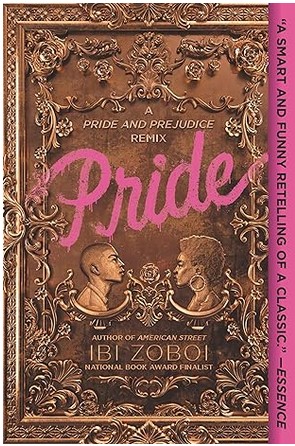
Pride: A Pride & Prejudice Remix

Thieves’ Gambit #1
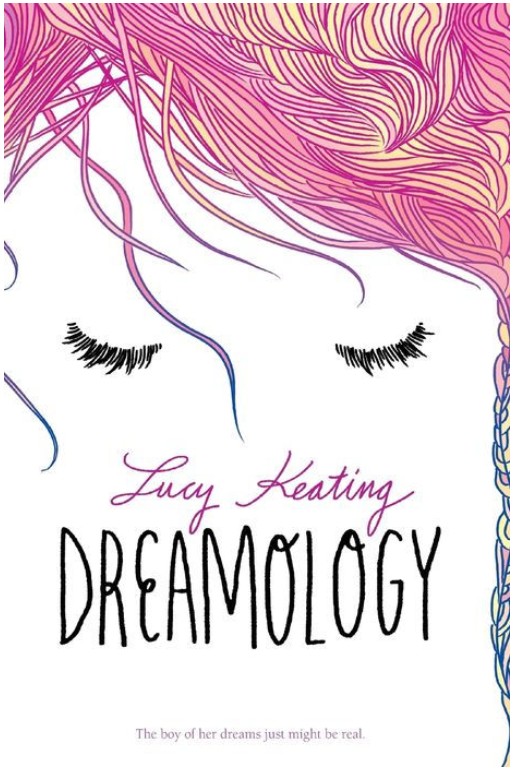
Dreamology
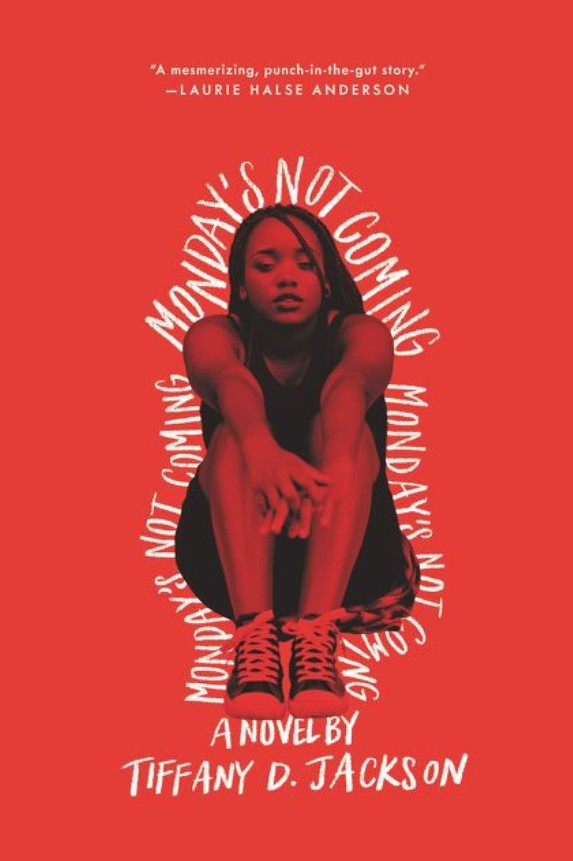
Monday’s Not Coming
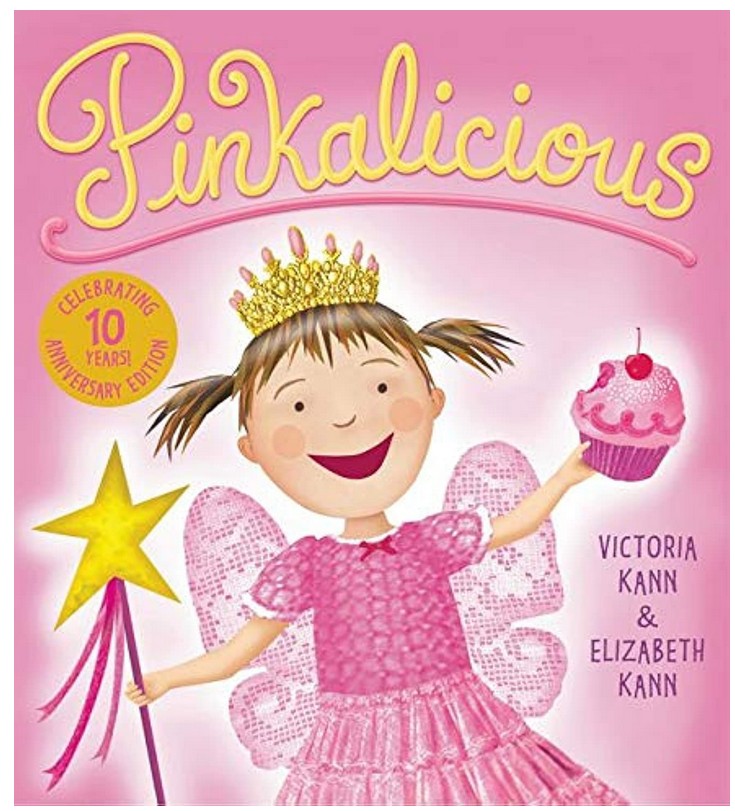
Pinkalicious
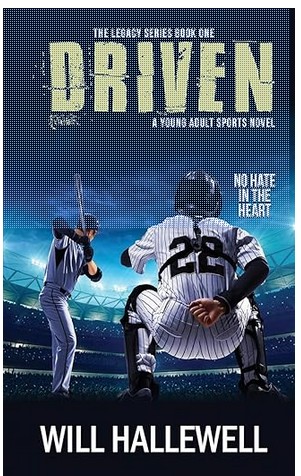
Driven

Goodbye Days

Blood of Troy

Will’s Race for Home

